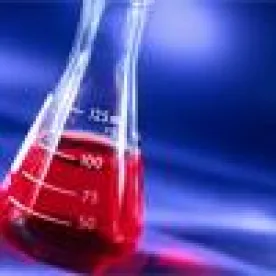On Monday September 22, 2014, Merck KGaA announced it would acquire Sigma-Aldrich for $17 billion. The acquisition will boost Merck’s position in the global life sciences industry, which is valued at over $130 billion. Merck expects the deal to generate $340 million in synergies by the end of 2017. Merck’s business focuses on pharmaceuticals, liquid crystals, and laboratory chemicals and equipment. Sigma-Aldrich makes chemicals and biochemicals used in scientific research, biotechnology, drug discovery, pharmaceutical development and diagnostics, and high-technology manufacturing.
Both Merck and Sigma-Aldrich sell a broad array of products, which will need to be analyzed product-by-product for competitive overlaps before U.S. antitrust regulators give the deal the green light. Merck and Sigma-Aldrich offer an assortment of complementary products in the life sciences sphere. Public information, however, indicates that the only product on which the companies currently compete may be components of liquid crystal displays (LCDs). Merck produces liquid crystals and its U.S.-based life sciences division states it is the leading global manufacturer of LCD materials. Sigma-Aldrich also makes liquid crystals and other chemical liquid crystal materials.
The deal is likely to be reviewed by the Federal Trade Commission, which recently analyzed the life sciences industry in the merger between Thermo Fisher and Life Technologies. Unlike Thermo Fisher and Life Technologies, both of which were U.S. based, German-based Merck’s acquisition of U.S.-based Sigma-Aldrich expands Merck’s geographic footprint and involves less direct competition on products in the U.S. Together, Merck and Sigma-Aldrich will have the capability to make over 300,000 chemicals and will be able to better compete for business from pharmaceutical companies.
Merck has made several other acquisitions in the past few years, including AZ Electronic Materials SA, a chemical supplier, and Millipore, Corp. a manufacturer of lab equipment and chemicals. Together with Sigma-Aldrich, these recent acquisitions expand Merck’s portfolio and shift the company away from its heavy focus on pharmaceutical development. Although pharmaceuticals are Merck’s biggest division, the company is reliant on sales from just two drugs and has been unable to gain approval for major new drugs in the past few years.




 />i
/>i
